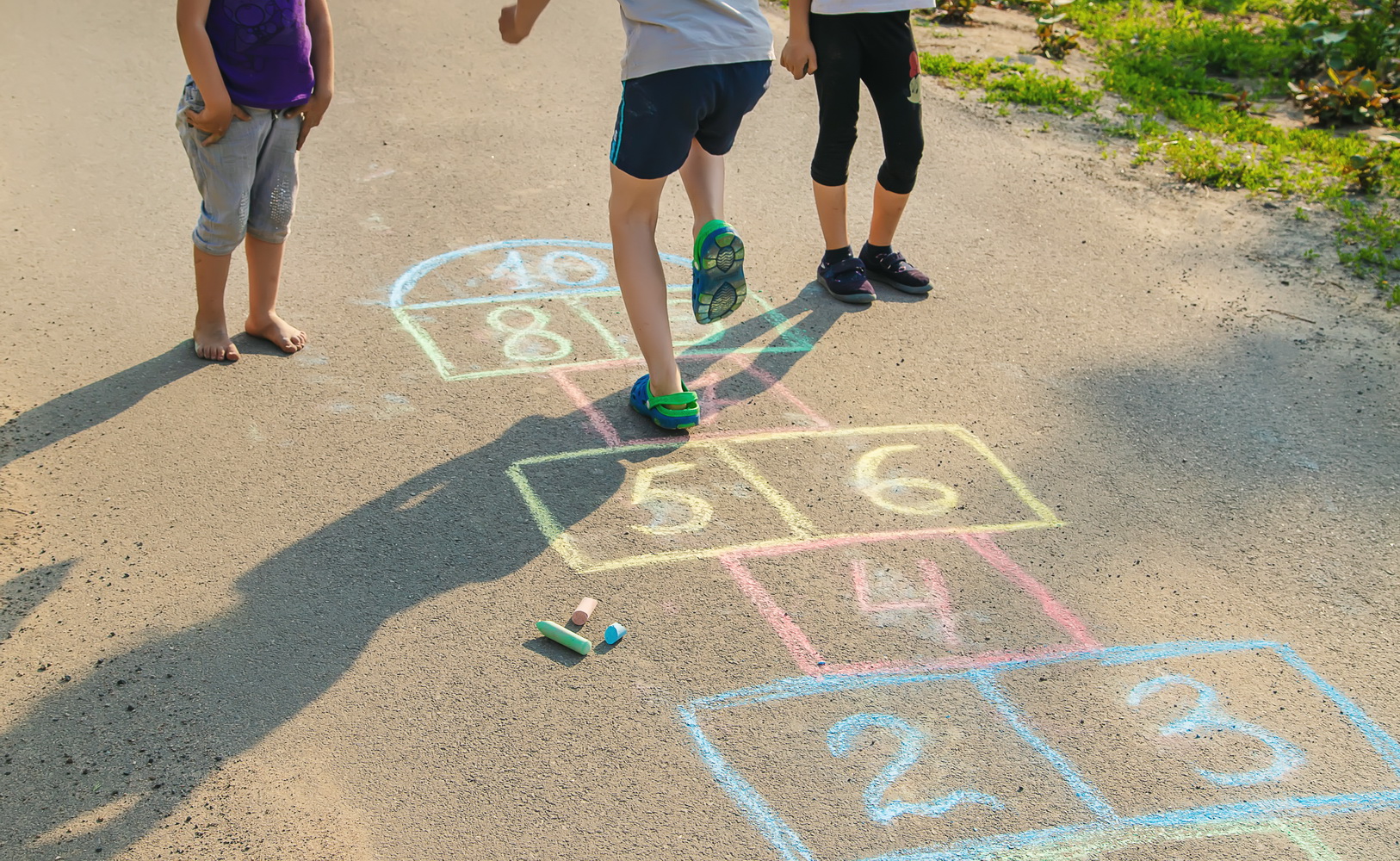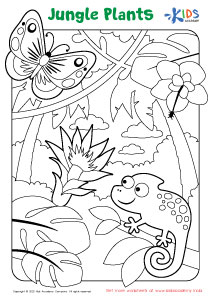3-LS4-3 3. Environmental Impacts on Organisms worksheets With Answers for Grade 3
2 filtered results
-
From - To
Explore our comprehensive "3-LS4-3 Environmental Impacts on Organisms Worksheets" designed for Grade 3 students! These engaging worksheets focus on how environmental changes affect living organisms, aligning with the Next Generation Science Standards (NGSS). Each printable activity promotes critical thinking and understanding of ecosystems, making science fun and accessible. With answer keys provided, teachers and parents can effortlessly support students in their learning journey. Perfect for classroom use, homework, or supplemental learning, these worksheets facilitate discussion on biodiversity and the importance of environmental conservation. Empower your students with the knowledge they need to understand their impact on the world around them!


Bird Beaks Worksheet


Tundra Habitats Worksheet
Parents and teachers should care about the standard 3-LS4-3, which focuses on the environmental impacts on organisms, because it helps students understand the interconnectedness of life and the ecosystem. At this stage, children learn how different organisms—from plants to animals—adapt to their environments and how changes in that environment can affect their survival.
For example, discussing concepts like deforestation, pollution, and climate change encourages children to think critically about the world around them. When students grasp these concepts, they become more informed citizens who can make positive decisions about protecting the environment. Parents and teachers play a crucial role by fostering discussions, promoting curiosity, and providing resources related to environmental science.
Moreover, connecting lessons to real-world scenarios reinforces the importance of conservation and protecting natural habitats, leading to awareness about biodiversity and ecosystems. Engaging in these topics also cultivates empathy, as children learn to appreciate and respect different forms of life. In summary, nurturing an understanding of environmental impacts helps build responsible, informed individuals who can contribute to sustainability for future generations.
 Assign to My Students
Assign to My Students




















